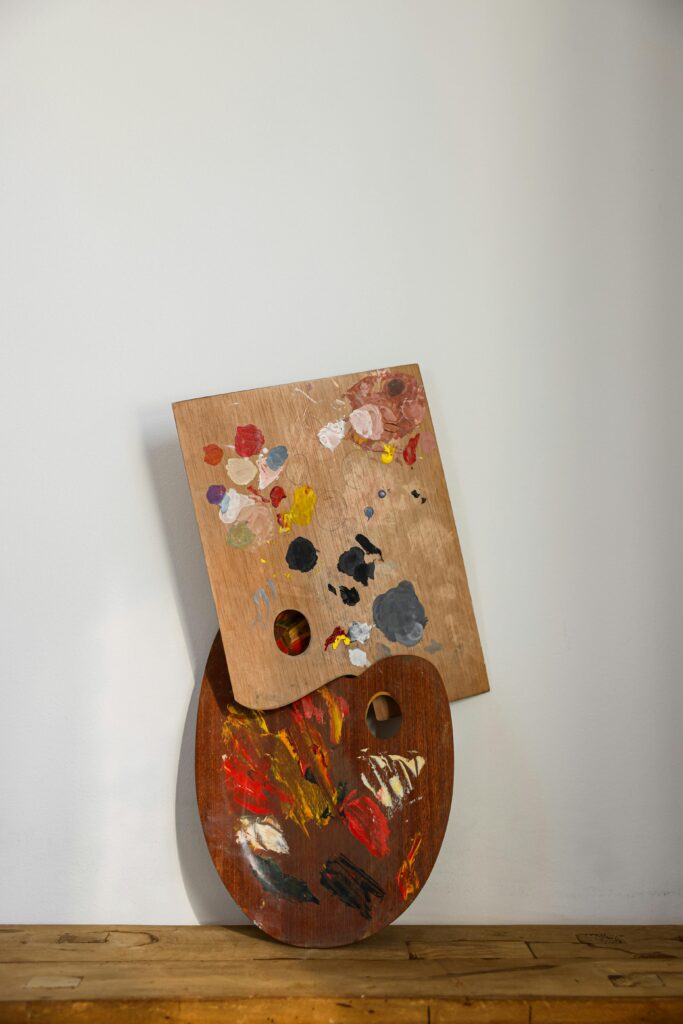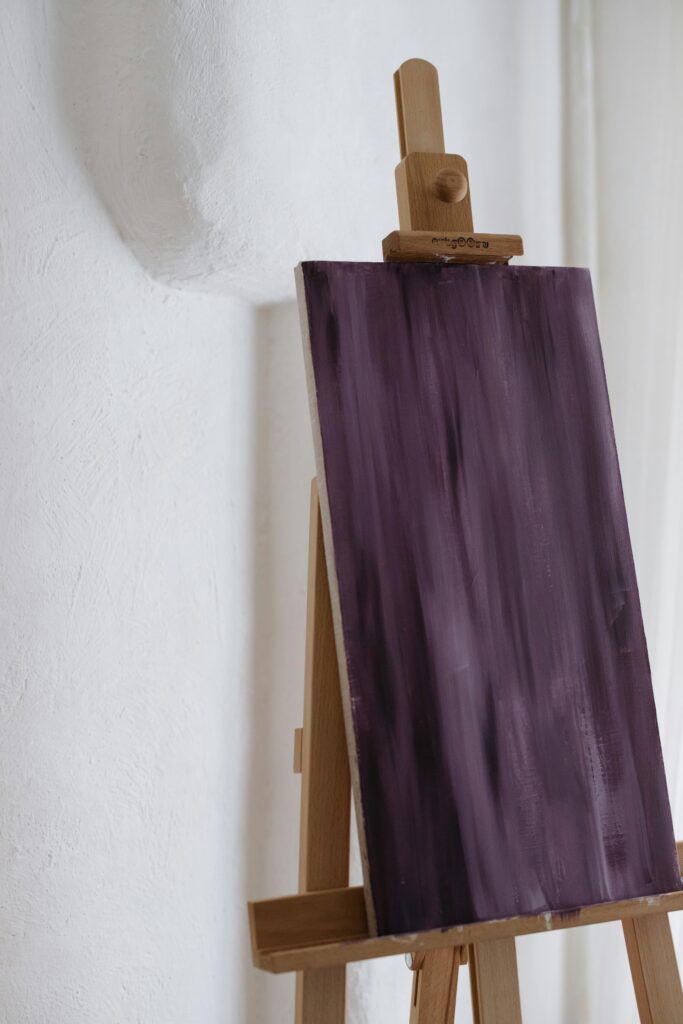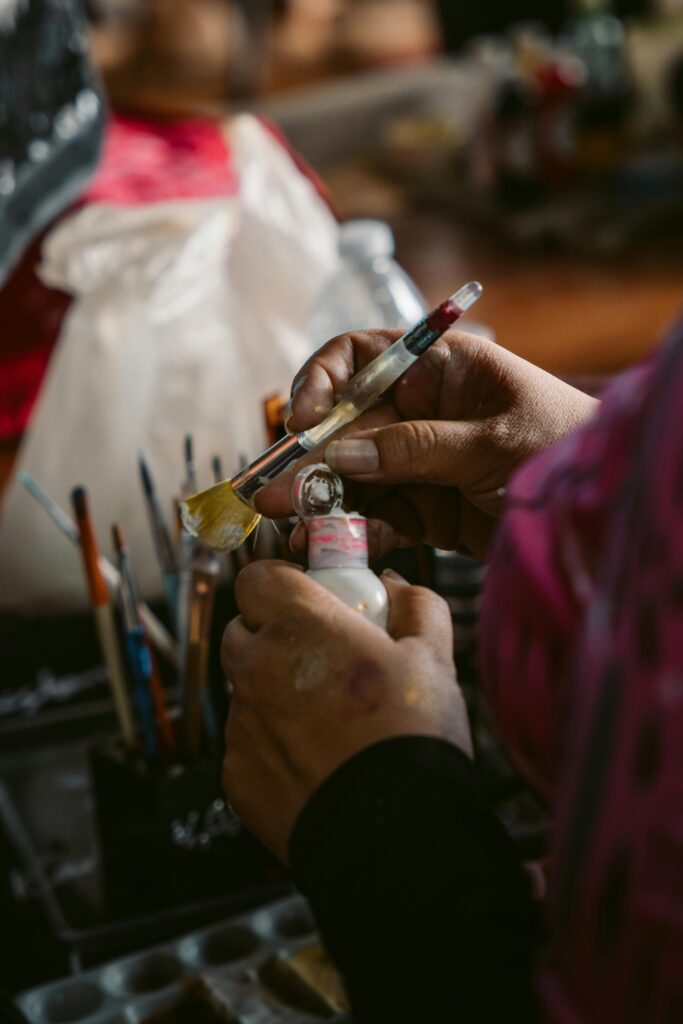How to Make Your Art Career Financially Stable

Most artists are told to focus on the work, not the numbers. But at some point, you realize your art isn’t just a practice , it’s a business that needs fuel. You start wondering how other artists manage to plan their income, handle slow months, or decide what to charge. That’s where a financial model comes in. Not in the corporate, Excel-heavy sense, but as a personal roadmap that helps you see where your time, effort, and money actually go.
The idea of “financial modeling” can sound intimidating, like something meant for accountants or startups, not painters or illustrators. But at its core, it’s really about clarity , understanding what sustains your creative life and what quietly drains it. You don’t need fancy software or a gallery representing you to build one. You just need to know how to map out your creative reality: your income sources, expenses, and the rhythm of your work.
If you’ve ever felt like your art career moves in waves , good sales one month, silence the next , this is the tool that evens it out. It’s what helps you plan for dry spells, set realistic prices, and make confident decisions about new opportunities. Think of it as giving your art career a pulse check.
Even without a gallery, you already have data to work with: your past sales, open call fees, supply costs, time spent on commissions, even how many hours you spend promoting your work. All of it tells a story about what’s working and what needs adjusting. A financial model turns that story into a structure , one you can tweak, track, and grow with.
And here’s the best part: once you see your numbers clearly, money starts feeling less like a mystery and more like a medium. You stop reacting to the ups and downs and start shaping them. You begin to plan launches, not wait for them. You see which parts of your practice pay off, and which ones might need a rethink.
That’s what this is about , not spreadsheets for the sake of spreadsheets, but building a system that supports your creative rhythm. Something that lets you make smarter choices without killing the joy of making art. You might not have a gallery handling your finances, but that doesn’t mean you can’t build your own foundation for stability and growth.

Start With What’s Already in Front of You
Most artists think they need to earn more before they can start managing money, but the truth is, you already have enough data to build a foundation. Look at what you’ve earned and spent over the past year, even if it feels messy or inconsistent. Scroll through your bank statements, check your email receipts, revisit commission messages. It’s all information, and it’s already telling you something about your habits and rhythms.
You’ll start noticing patterns , which months are busy, which ones are quiet, and what kinds of work actually bring in income. That alone can change how you plan your year. Maybe you realize that March and October always pick up because that’s when open calls and fairs peak. Maybe your commissions slow down in the summer but your workshops do better. That’s data you can use.
The goal isn’t to make it pretty yet. You’re just gathering the puzzle pieces so you can see the full picture. It’s about facing your numbers without judgment. You’re not here to critique your past self, you’re here to understand your creative ecosystem.
Once you’ve got that info, drop it all into a simple spreadsheet or a Notion table , one column for income sources, one for expenses, and one for months. That’s your first version of a financial model. Imperfect, but real.
You don’t need perfection to start. You just need awareness. Because once you can see your patterns, you stop guessing and start planning. And that’s when things start shifting from reactive to intentional.
Separate Your Creative Flow from Your Cash Flow
Your creativity and your cash flow might be connected, but they shouldn’t control each other. It’s easy to fall into the trap of letting your bank balance dictate your confidence. When sales are high, you feel unstoppable; when they’re slow, you question everything. A financial model helps you break that emotional loop.
Here’s the practical step: map out all your income streams, no matter how small. Commissions, print sales, workshops, open call grants, teaching gigs , everything. Then assign each one a frequency. Is it monthly, seasonal, or occasional? This gives you a sense of how stable each stream is.
When you can see your sources clearly, you start to understand where to focus. Maybe you’ll realize your commissions pay well but take too much time. Or that your prints bring smaller income but flow in more regularly. That balance is what helps you stabilize your cash flow without forcing your creative process into burnout mode.
The real trick isn’t to chase more income; it’s to align your money flow with your energy flow. You don’t need five new projects; you need to know which two actually work best for you.
Over time, this separation gives you peace of mind. You start making art because you want to, not because you’re panicking about next month’s bills. Your creative flow becomes protected, not pressured.
Track Your True Costs , Not Just Supplies
Most artists track what they spend on materials, but that’s only half the story. The real cost of making art includes your time, your tools, your workspace, your promotion efforts, even the emotional energy you spend following up on emails. A proper financial model accounts for all of that.
Start by listing the obvious costs: paints, canvases, printing, framing, packaging, and shipping. Then, dig deeper. How many hours do you spend on one piece, from concept to completion? What about photographing it, posting it online, responding to inquiries? When you start adding that up, you’ll see how much hidden labor is behind every “simple” sale.
You’re not doing this to scare yourself , you’re doing it to value yourself. If you understand the full picture of what goes into your work, you’ll finally start pricing in a way that honors your time and effort.
You can even assign yourself an hourly rate, just like any other professional. Not to make your art transactional, but to make your practice sustainable. When you can see what each piece truly costs, you stop underpricing to “get it sold.” You price with confidence because the math makes sense.
Tracking your real costs also helps you spot waste. Maybe you’re overstocking on materials you barely use, or underestimating how much time admin takes. That’s the kind of clarity that builds long-term stability , not guesses, but grounded awareness.
If tracking expenses and income has ever felt like trying to plug holes in a leaky bucket, the Artist Income and Expense Tracker Template gives you a more reliable framework. It’s built specifically for creatives , you can log sales, material costs, commissions, and even hidden hours , all in one place. Using it alongside your model lets you see the real numbers faster, make adjustments sooner, and stop second-guessing what you’re losing or earning.

Design a “Bare Minimum” and “Ideal” Month
Every artist should know their financial baseline , the minimum amount they need to cover their essentials. This is your “bare minimum” month. Add up rent, utilities, groceries, materials, and anything else you can’t skip. That’s your survival number. It doesn’t have to be fancy, just real.
Next, build your “ideal” month. This includes everything from saving for new materials, travel, and professional development to small joys like dining out or taking a day off. This number represents what a comfortable, sustainable month looks like for you.
Once you have both numbers, you’ve got something powerful: a range. You’ll know when you’re surviving and when you’re thriving. It helps you plan your workload realistically. If a project doesn’t move you toward your ideal range, maybe it’s time to rethink its value.
This system also helps you see which months need a buffer. If you know summer is slow, you can plan to earn extra in spring to cover it. That’s how artists build financial rhythm , not by waiting for luck, but by anticipating patterns.
The beauty of this approach is how empowering it feels. You stop feeling lost in the feast-or-famine cycle and start moving through it with strategy. Your art doesn’t have to be unpredictable; your income just needs structure.
Turn Your Art Data into a Yearly Map
Once you’ve got your months mapped out, it’s time to zoom out. Look at your year like a story. Where do your big income spikes happen? When do things dip? This long-view perspective turns chaos into something you can actually plan around.
Plot out your main projects , exhibitions, sales, commissions, workshops, open calls. Then, align them with your financial goals. If you know a residency might slow down your income for a month, you can plan an online sale or class right before it. That’s what financial modeling looks like in an artist’s world , strategy that still leaves room for creativity.
This yearly map also helps you balance effort and energy. Instead of sprinting for two months and crashing for three, you’ll see where to spread things out. You might even discover your natural productivity rhythm , maybe you do your best creative work in winter and your best promotional work in spring.
Don’t treat this as a rigid plan. It’s a living map that evolves with you. The goal isn’t perfection, it’s awareness. Once you know how your year flows, you can make choices that keep you steady, even when opportunities shift.
When your finances line up with your creative seasons, everything feels lighter. You’re no longer reacting to your year , you’re directing it.
Build Flexibility Into Your Model
Here’s the thing most artists forget: your financial model isn’t supposed to stay fixed. It should shift and breathe as you do. The more rigid you make it, the faster it’ll stop working for you. Creative work has seasons, surprises, and slow patches , your system needs to account for that.
Think of flexibility like setting boundaries with yourself, not rules. Instead of forcing a certain income every month, create ranges or cushions. Maybe you aim to earn between X and Y, depending on project flow. This lets you celebrate the months that go well and soften the blow when they don’t.
You can also build flexibility through diversification. Maybe your model shows that you rely too heavily on one income stream. If a single project or client falls through, everything shakes. By spotting that early, you can slowly build in new income sources , print drops, small workshops, limited-edition releases , that act as buffers without draining your creative time.
Flexibility also means forgiving yourself when life happens. Some months, your art practice might take a back seat. Others, you’ll be in full flow. Your model is there to track and support that rhythm, not punish it.
When your plan allows for movement, it becomes something that works with your creativity, not against it. And that’s what keeps artists going long-term , a system that bends, never breaks.
Revisit and Refine Every Quarter
A financial model only helps if you actually talk to it. Once every few months, sit down with your numbers like you would with a friend who’s honest but kind. Ask what’s working, what’s lagging, and what feels too heavy to carry. This check-in doesn’t have to take hours. An hour every quarter can give you a clear view of how your year is really unfolding.
Use this time to update your income and expense logs, adjust any projections, and reflect on whether your goals still make sense. Sometimes you’ll realize your art sales have picked up and you can raise your pricing. Other times, you might notice a drop in workshop attendance and decide to tweak your format.
These reviews also highlight your small wins , the moments you forget to celebrate. Maybe you hit a consistent monthly income for the first time. Maybe you finally tracked your expenses properly. It all counts. Seeing progress on paper builds quiet confidence.
Quarterly reflection also stops panic from creeping in. When you know your numbers regularly, you catch issues before they snowball. It turns financial planning into something calm and empowering instead of stressful and overwhelming.
The more you make this a habit, the more natural it becomes. It’s not about perfection; it’s about staying in conversation with your creative life.

Use Your Model to Make Confident Choices
When you’ve built a system around your real numbers, you stop making decisions out of fear. You can look at a potential opportunity , an exhibition, residency, or collab , and know exactly how it fits into your year. That clarity is power.
Let’s say someone invites you to join a group show overseas. Instead of guessing if you can afford it, your model tells you: here’s your cushion, here’s your next slow month, here’s how much you’d need to cover shipping or travel. Suddenly, it’s not an emotional decision , it’s an informed one.
This approach also changes how you negotiate. You start asking for fair fees because you know your baseline. You understand what each project costs you in time and energy, so you can spot when something doesn’t add up. It’s not arrogance; it’s awareness.
The same goes for collaborations. When you can show up with clear numbers, people take you seriously. You’re no longer the “emerging artist just grateful for exposure” , you’re a professional managing a real practice. That shift doesn’t just change how others see you; it changes how you see yourself.
The most freeing part? You start saying yes and no with confidence. Not based on fear of missing out, but based on alignment with your long-term goals.
Let Your Numbers Reflect Your Values
A financial model isn’t only about money , it’s about meaning. It should reflect the kind of creative life you want, not just the one that pays the bills. Maybe you want to leave room for mentorship, community projects, or rest. Those things might not bring direct income, but they’re part of your definition of success.
When you track your finances, include the things that matter to you even if they don’t look “profitable.” You might discover they sustain your energy in ways that lead to stronger work later. Sometimes, investing in rest or experimentation is the smartest financial decision you can make.
Your model can also help you align your values with your growth. If sustainability matters to you, track your material choices and costs. If accessibility is a priority, build space for it , maybe you run one pay-what-you-can workshop a quarter. Your numbers can become a mirror for how you want to exist in the art world.
This is how your financial model becomes more than a spreadsheet. It becomes a compass. It helps you make decisions that feel both smart and true to who you are.
At the end of the day, it’s not about chasing endless income. It’s about creating a rhythm where your art, money, and wellbeing can coexist. That’s what longevity looks like , not hustle, but balance built with intention.
